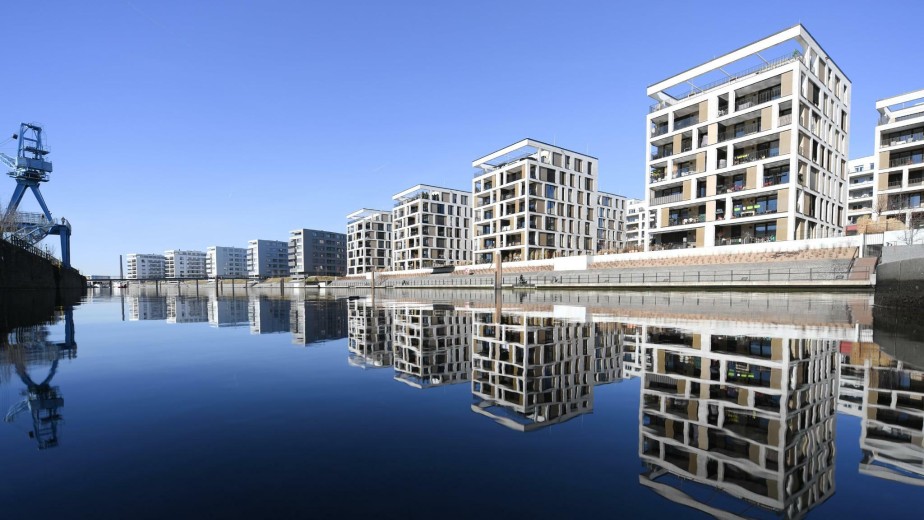Real estate owners in particular are getting richer

Between 2014 and 2017, federal citizens have become a bit richer again thanks to the rise in real estate prices, but also due to higher stock prices and rising wages and salaries. At the same time, debt is less depressed because interest rates have fallen.
However, the equity gap has also increased, as the Bundesbank writes in its monthly report on Monday. The differences between West and East Germany are also considerable, apparently mainly due to the lower property ownership in the East." Germany remains a country in which private wealth is unevenly distributed,"writes the Bundesbank's economists.
5000 Households surveyed
The so -called median value in the middle of the distribution was gross in 86.400 euro and net in 70.800 euro. 2014 was less with 60.400 euros and around 10.000 euros. Here are the values for Italy at 126.000, for Austria at 83.000 and for the USA at converted 88.000 euro.
According to the Bundesbank, especially those households above the median were able to increase their assets significantly because they have significantly more real estate. At the top there is the net worth of good 850.000 euros, among the top ten percent are households with at least 555.400 euros.
According to the Bundesbank's analysis, income inequality is particularly evident when looking at the figures between West and East Germany. In the west, the average value 2017 was at 92.500 euros, in the east only 23.400 euros. It becomes even clearer with a view to the richer federal states of Bavaria, Baden -Wurttemberg and Hesse with 139.800 euro (average net 314.000 euro), in the northern federal states of the West and Hamburg and Bremen, on the other hand, according to the Bundesbank, the average 74.300 euro and the net average 281.100 euro. In North Rhine -Westphalia, Rhineland -Palatinate and Saarland, private households are averaged to 60.300 and a net average of 205.600 euro.
Overall, at the end of 2017, the richest ten per cent of households was around 55 per cent of total net assets. However, it was 2014 even 60 percent. The lower half still has only three percent, 42 percent is the other households. However, according to the Bundesbank, no trend can be deduced from this, as the most recent study would have involved less wealthy households. Overall, almost 5.000 households were surveyed. Comparison: In the USA, the richest ten percent of households have even 77 percent of wealth.
Single parent at the bottom
The analysis also shows that real estate owners are considerably richer than households that live for rent. While the former in mid -2017 came to 277.000 euros, the latter were only 10.400 euros. In Germany, only four per cent of households own real estate, in Italy and Spain, for example, there are 70 and 80 per cent, which is why the assets there are higher on average.
The Bundesbank also takes a look at the size of the households. One -person households have a net average of 141.800 euro, couples without children come on 330.800, with children on 295.100 euro. In particular, single parents are at the bottom of the scale: on average, it was 58.000 euros, and according to 2017, the funds were in a net asset of only 3.900 euros. On average, the most wealthy are, moreover, self -employed with 712.600 euros net, officials come on 294.200, employees on 216.100 and workers on 114.900 euros.
According to the Bundesbank's findings, federal citizens are still reluctant to invest in securities and hold a large part of their financial assets in liquid and low -risk cash assets such as savings and day -to -day cash accounts, even though they pay very low or no interest at all.(徳囯ASK电容器)
